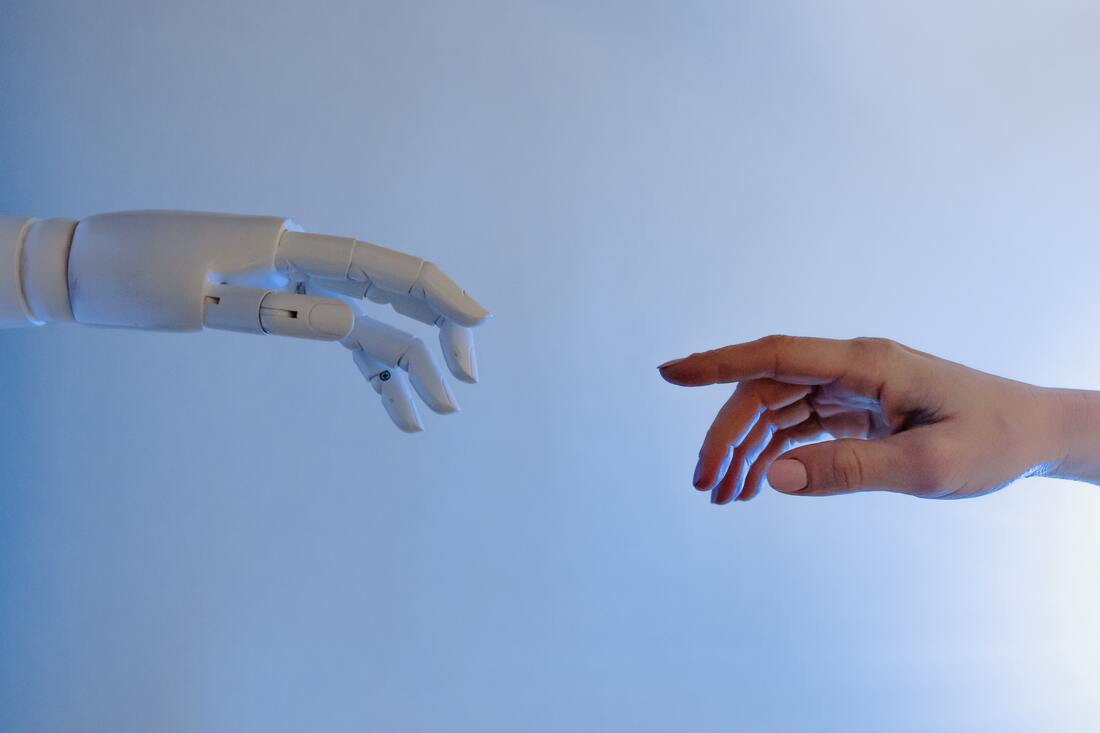Many dental labs are moving towards digitization. Oral health takes into consideration the health of the entire oral-facial system including the teeth, gums, and jaw. Some of the most common diseases that affect our oral system are cavities, gum disease, and oral cancer. The Centers for Disease Control and Prevention (CDC) reported that in the United States, over 40 percent of adults reported pain or discomfort in their mouths last year. They also found that approximately 80 percent of people will have a cavity by 34 years old. What is Periodontitis?Periodontitis or gum disease is a severe infection of the gums that adversely affects the teeth’s supporting tissue. In its early stages, the patient can experience swelling, redness, and bleeding of the gums. If left untreated, the disease can lead to bone loss. It is caused by bacteria that spreads beneath the gum line. According to the CDC, periodontitis is the second most common dental disease in America, affecting 47.2 percent of adults aged 30 or older. Faculty of Dentistry Ph.D. student Wenji Cai explained, “Periodontitis has been considered as a risk factor for a number of both oral and systemic diseases… It's an invisible pandemic.” Using AI in DentistryArtificial intelligence is a tool created in the field of computer science that uses different techniques, processes, and systems to mimic human intelligence. We typically think of AI as a tool for billing or charting, but with advancements in the system, it has the potential to improve efficiencies and outcomes in the medical field. Across all areas of health care, it is vital to ensure recommended treatments are accurate, effective, and timely. In many cases, chronic diseases such as diabetes, early onset dementia, or cardiovascular disease can begin in the dentist’s office. Oral conditions and other chronic conditions are interrelated, but early stages can be difficult to detect. Artificial intelligence has provided a solution for health workers to quickly and efficiently flag and identify diagnoses, process, and interpret radiography images, create precise treatment plans, and build rapport and trust with patients. AI systems have already proven successful when it comes to detecting impacted teeth, fractures, lesions, and caries. In addition, it has been successfully used for anatomical landmark detection and tooth numbering. Examples of Artificial Intelligence in DentistryDeveloped by the University of Manchester, AssistDent is an example of an artificial intelligence diagnostic tool used in dentistry. With Assistdent, dental professionals are able to improve diagnoses by instantly identifying the earliest signs of disease and early decay that are difficult and time-consuming to detect via traditional x-rays. Early-stage caries or the decay or crumbling of tooth or bone can easily go undetected, especially if the practice is busy with high patient traffic. In turn, preventative measures are unable to be implemented and result in a larger risk of adverse impact on the patient's oral health. The AssistDent software works by scanning patient x-rays and can detect and report caries or disease within approximately 8 seconds. The program can also help to build a more profitable practice by emphasizing the necessity of early-stage prevention and treatment. According to the University of Manchester, if 5 percent of 5,000 patients utilize AssistDent, they are expected to visit the dental hygienist twice a year. In addition, researcher Muhammet Burak Yavuz and his team conducted a study on artificial intelligence algorithms focused on periodontology. They’ve developed an AI software called CranioCatch, which has an automatic report generation feature for both 2D and 3D radiographs. It has the ability to view panoramic, periapical, and bitewing radiographs and detect caries, lesions, impactions, and bone loss. Overall, artificial intelligence has led to many advancements in the medical and dental fields. It’s also proven the need for early-stage intervention of diseases and improved communication and treatment between the patients and the physician. HOW CAN THE DENTAL LAB HELP?The Dental Lab is a premier digital dental lab in Pennsylvania. View our products page to get a look at some of our digital restorations. Visit our digital dentistry page to see how The Dental Lab is impacting the industry with the help of CAD/CAM technology. Sources Practical AI and the future of medical care Assistdent: the AI-powered software to build profitable, preventative-led dental practices Detecting Periodontal Disease with AI Good oral health reduces risk of fatal outcomes from COVID-19 Oral Health Conditions AssistDent: An AI-driven early diagnostic tool for dentists CranioCatch Keywords:
Ai, artificial intelligence, dental, dentistry, dentist, dental lab, oral health, disease, periodontal disease, cavities, gum disease, AssistDent, disease, caries, treatment, diagnoses, software, patient, physician, study, decay, bone loss, the dental lab, healthcare, technology, computer, the dental lab, dental labs, digital dental lab
0 Comments
Leave a Reply. |


